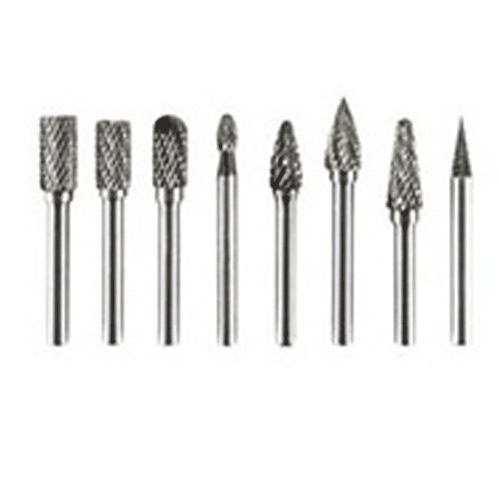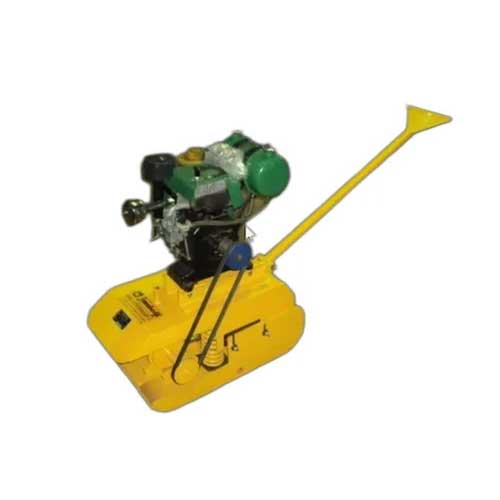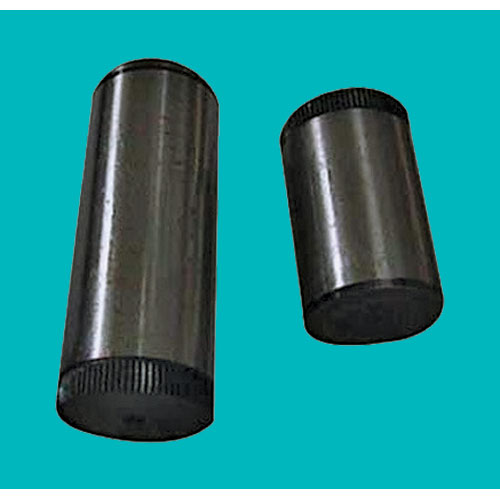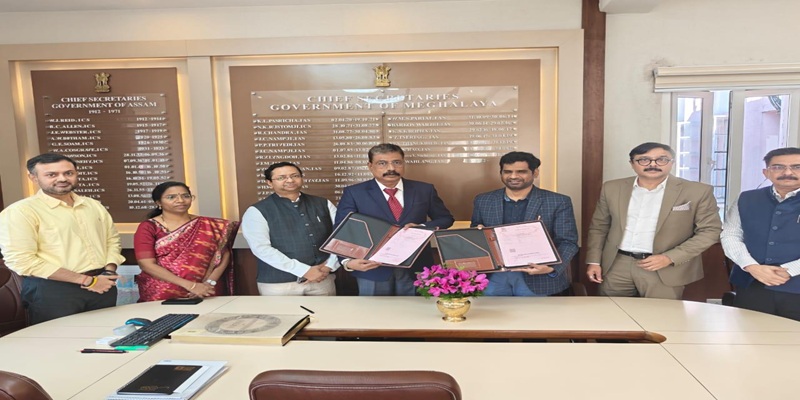Schedule a Call Back
Energy savings by reducing pressure drop in compressed air systems
 Industry News
Industry News- Feb 26,21

‘Pressure Drop’ is a term used to portray the reduction
in air pressure from the compressor discharge point to the application point of
usage. As the pressurised air travels through the pipes through the
distribution system till the end application due to friction “pressure dropâ€Â
occurs in the entire piping system and its downstream equipment. As a thumb
rule, a well-designed compressed air piping system should not have a pressure
drop not more than 0.5 per cent of the discharge pressure throughout the piping
system network. This is calculated from the compressor discharge to the
application point.
High pressure drop in the distribution system
and the hoses, pipes, and joints results in lower operating pressure to the
user and thus result in additional pressure generation and a significant
increase in energy consumption.
Pressure drop upstream of the compressors require higher compression pressures
to achieve the control settings on the compressor and pressure drop in
downstream will induce the system to generate more pressure. Air pressure
optimisation, and minimising differentials in all parts of the system are
important criteria for efficient operation and energy saving.
The most typical areas where “Pressure dropâ€Â
occurs includes the pressure vessel, after cooler, air treatment equipment like
dryers, filters and check valves, and the piping system itself. For every
additional 1 bar increase
in discharge pressure, there will be an additional energy consumption of
approximately 7 per cent percent of the full load power. Additional
generation of pressure will also lead to additional storage capacity and
increase the cost of equipment.
Demand side
pressure drop
On the demand side, pressure drop can occur
due to resistance created to the airflow path because of blocks in the system.
“Pressure drop†can also occur due to leaking of pipes, hoses, wrong selection
of filters, undersize hoses /piping, and regulators.
Supply side
pressure drop
On the supply side of the system, dryers,
after coolers, moisture separators, and filters can be the main equipment’s
causing significant “pressure dropâ€Â
The maximum “pressure drop†from the supply
side to the usage point will occur when the compressed air flow rate is
highest. System components should be selected based upon these conditions.
Filter elements should be changed when the pressure drop approaches the maximum
recommended differential pressure by the manufacturer. In many cases, filter
element change is directly proportional to higher pressure drop and energy
losses.
Pressure drop
in piping
Piping is always identified as having excess
pressure drop because of improper sizing, several bends, and leakages in end
usage application point of usage cannot retain the required pressure. The
correct root cause analysis requires pressure measurements at different points
in the piping system to identify the areas causing the excess pressure drop, a
detailed Air-Audit will help in identifying the areas to minimize pressure
drop.
Plant side
Many plant air compressors operate with a
full- load discharge pressure of 7 bar and an unload discharge pressure
typically 10 per cent higher than discharge pressure, typically many types of
machinery and tools need air pressure less than 7 bar at the end point
application. Selection of air compressor discharge pressure that meets the end
application pressure requirements can be measured and if reduced will give
significant savings in energy cost and also give a better life of operating equipment.
A typical pressure differential for downstream
accessories like a filter, pressure regulators are normally set at 7 bar, only
for not well maintained and poorly designed system the pressure requirement
will be higher than 7 bar, this can be controlled by setting demand pressure to
required end application need to save energy.
Selection of compressor
Compressor should be selected based on
individual application needs. If an application requires higher pressure, it is
advisable to use a separate compressed air system for that pressure rather than
increasing the operating pressure of the compressor that supplies air to
complete operating system in a factory. The RoI cost of a separate system will
be economical compared to overall energy savings that plant would get by optimising
pressure requirement.
|
Sample
workout with a compressor pressure drop of 0.5 bar in a single 110 kW
compressor |
|
|
Compressor
power consumption |
110 kW |
|
Loss due to
pressure drop of 0.5 bar g |
3.85 kW (3.5%) |
|
Energy lost/
year* |
18,480
kW.h/year |
|
Energy cost loss/year |
18,480* Rs 8=
Rs 1.5 lakh |
|
*at 16 hrs/day
of operation for 300 days/year |
|
Finally setting compressor control setpoints to obtain more efficient operation by reducing constant loading and unloading patterns will further reduce energy consumption.
About the Author:
Raajeshwar M K is the VP & Head – Industrials of Elgi
Equipments Limited.
Related Stories
Atlas Copco highlights rental solutions at India Energy Week 2025
Visitors can experience the company’s advanced solutions and engage with its experts at Hall-2, Booth: J289, Yashobhoomi, Dwarka, New Delhi.
Read more
Atlas Copco launches next generation of portable air compressors
The 'pressure optimiser' function automatically reduces fuel consumption during idle times, potentially saving up to 20% during 'no load' periods.
Read more
"Elgi Equipments sees growth in vacuum technology market."
In this interview with Rakesh Rao, Dr Jairam Varadaraj, Managing Director, and Anvar Jay Varadaraj, Chief Operating Officer, of Elgi Equipments Ltd, elaborate on the company’s future plans and ind..
Read moreRelated Products

Carbide Burrs
SRT Industrial Tools & Equipments offers a wide range of carbide burrs.

Jamshedji Soil Compactor
Jamshedji Constro Equip Pvt Ltd offers a wide range of jamshedji soil compactor.

Ground Pins
Hans Machineries Private Limited offers a wide range of pins, hardened & ground. Read more
















